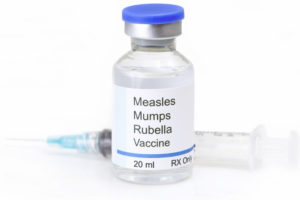It’s not too late to get a flu vaccine
The flu is a contagious respiratory illness caused by influenza viruses that infect the nose, throat, and lungs. It can cause mild to severe illness and, at times, can lead to death.
Every flu season is different, and the flu can affect people differently. Every flu season millions of people get the flu, hundreds of thousands of people are hospitalized and thousands or tens of thousands of people die from flu-related causes. This year’s flu season has been one of the deadliest in recent times, so it’s necessary to be extra careful.
Flu vaccines are very important for preschoolers. Vaccinating young children, their families, and other caregivers can also help protect them from getting sick.
Flu Vaccine Protects You And Your Family
This year’s flu season has been particularly strong. The proportion of deaths attributed to pneumonia and influenza (P&I) was above the system-specific epidemic threshold in the National Center for Health Statistics (NCHS) Mortality Surveillance System.
CDC recommends that people get a flu vaccine by the end of October, if possible. However, getting vaccinated later can still be beneficial. Ongoing flu vaccination is recommended as long as flu viruses are circulating, even into January or later.
Everyone 6 months and older should get a flu vaccine each year. Flu vaccines can keep you from getting sick with flu. They can reduce the risk of flu-associated hospitalizations, including among children and older adults. Flu vaccines are very important for people with chronic health conditions like diabetes and heart and lung disease.
Flu vaccines help protect both pregnant women and their babies for several months after birth from the flu (babies younger than 6 months are also considered high risk, but they cannot receive the flu vaccine).
Flu vaccines are offered by many doctor’s offices, clinics, health departments, pharmacies and college health centers, as well as by many employers, and even by some schools.
Information provided by the CDC website and other sources. For more information visit: https://www.cdc.gov/flu/protect/keyfacts.htm




